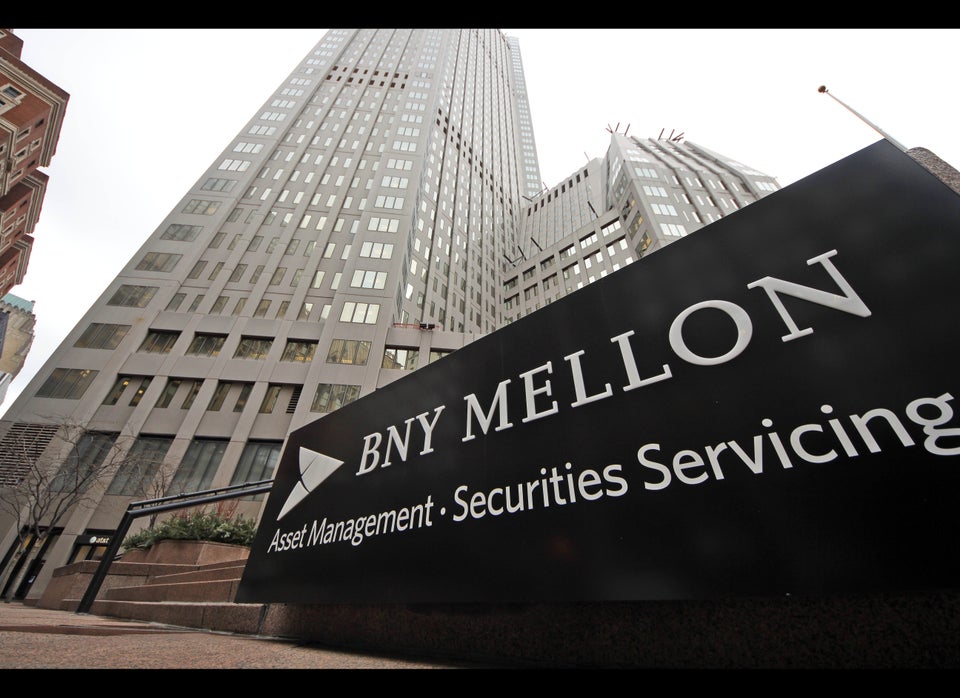
WASHINGTON, Aug 19 (Reuters) - Big banks must improve the way they determine how much capital they need to withstand any future crisis, the U.S. Federal Reserve said, citing observations from regulators' periodic tests of banks' health.
The Fed said in a paper released on Monday that banks participating in regular "stress tests" had flaws in their capital planning processes, such as being unable to show that they considered all of the relevant risks to their businesses.
"Large bank holding companies have considerably improved their capital planning processes in recent years, but have more work to do," the Fed said.
Stress testing banks has become a key tool for regulators to monitor the health of the financial system after the 2007-2009 meltdown. The tests aim to determine whether the biggest banks are maintaining adequate capital levels by examining how they would weather a hypothetical market shock.
The Fed also uses the tests to decide whether banks can buy back shares or pay dividends to shareholders. Some in the financial services industry have complained that the Fed's rubric for the tests is not transparent enough.
In the round of testing that wrapped up in March, the Fed reprimanded JPMorgan Chase and Goldman Sachs based on 'qualitative' concerns about their capital planning, even though regulators said the banks' ratios were acceptable.
The Fed approved capital plans at 14 other firms, including Citigroup and Bank of America, with no strings attached. But the regulator said on Monday that all the banks needed to improve their planning in some way.
The Fed said its paper, which did not identify banks, describes regulators' expectations and pointed out practices that were weak or unacceptable in previous stress tests.
The paper pointed to problems such as modeling techniques that did not address bank-specific risks, loss and revenue projections that could not be replicated, or problems with governance of the planning process.
Regulators said the next set of Fed-administered stress tests will start this fall. The 18 firms that participated in 2013, plus 12 additional banks with more than $50 billion in assets, will be included, the Fed said.

